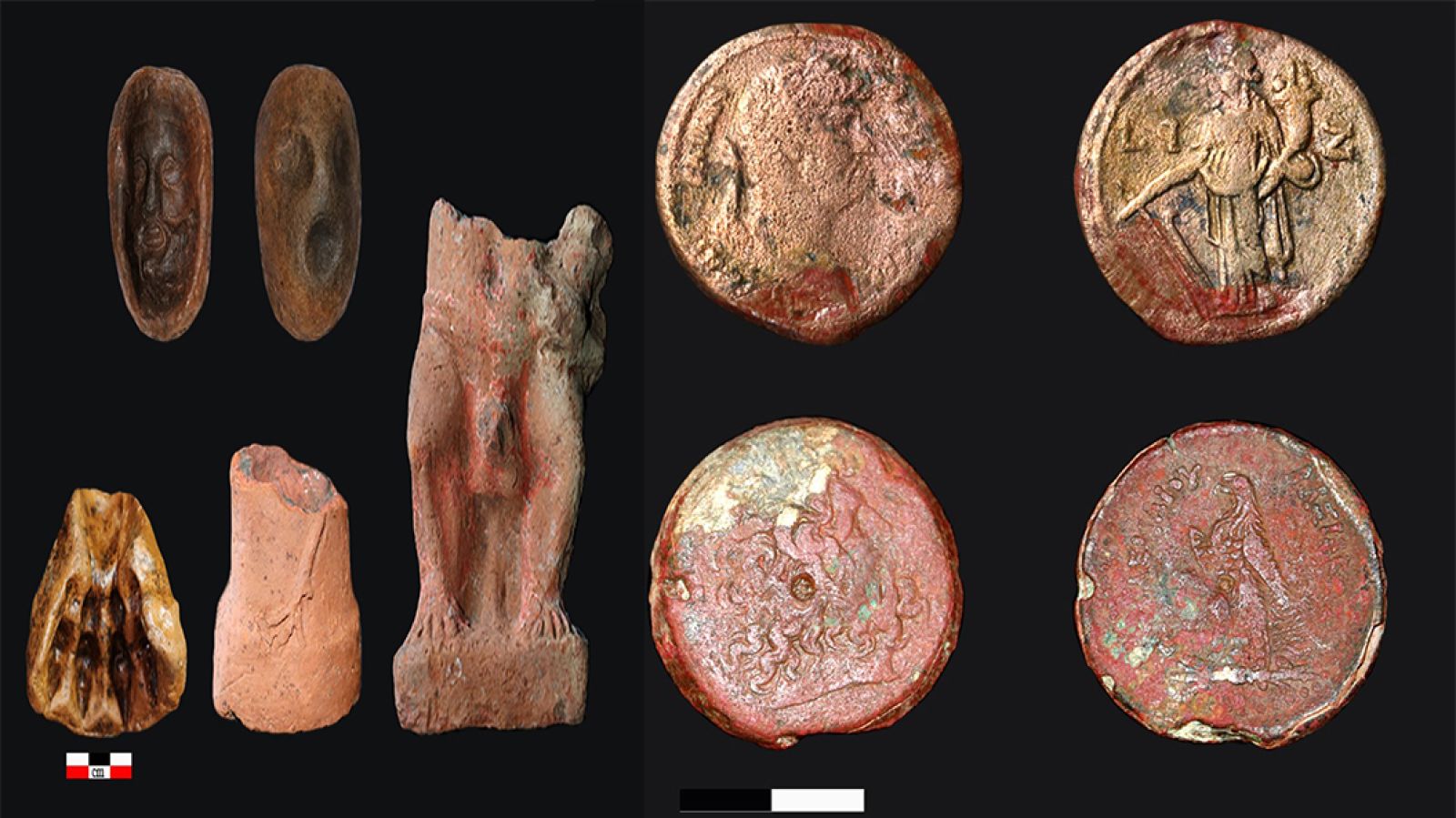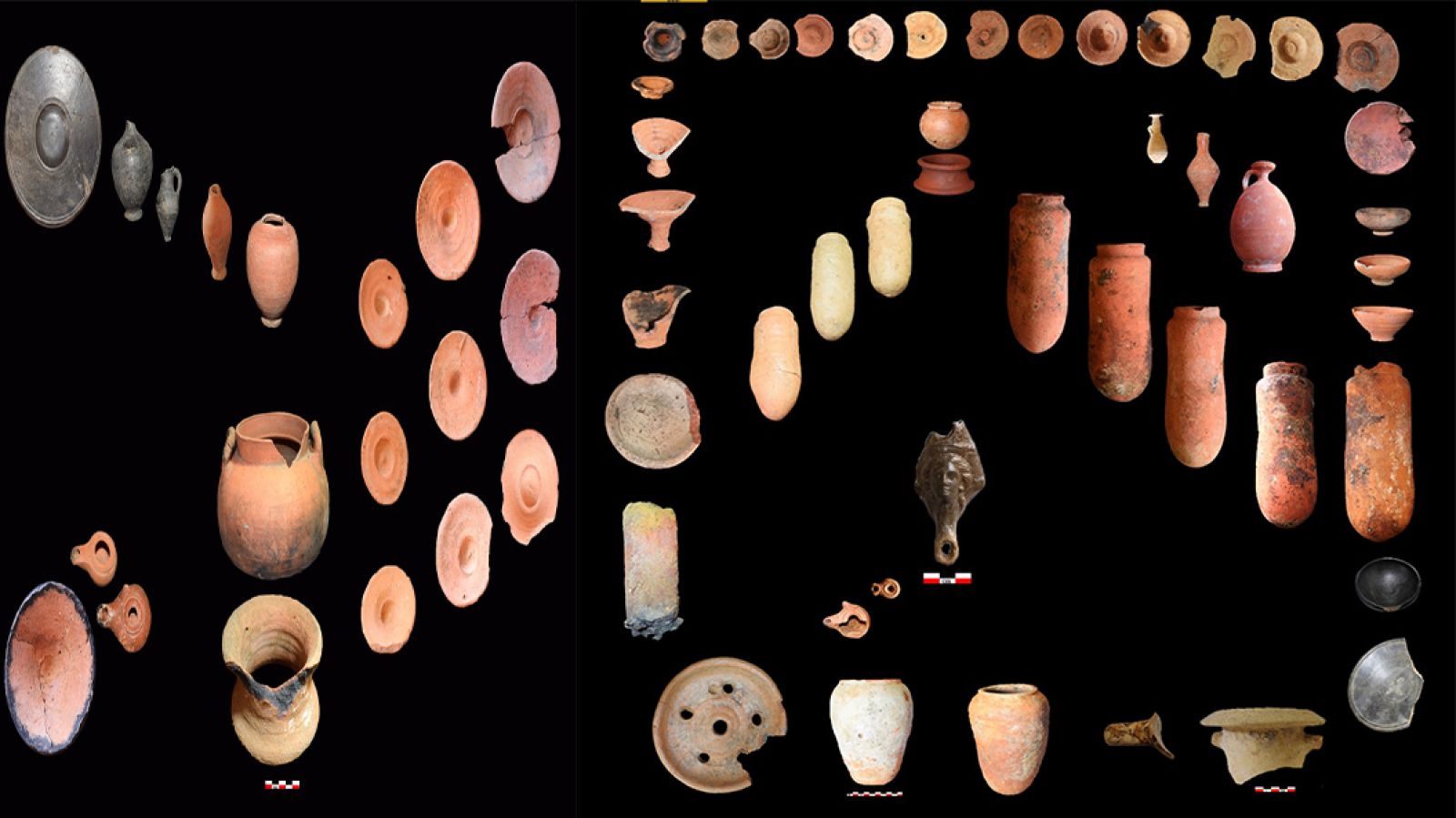Discovery of the largest astronomical observatory in Egypt, dating back 2,500 years
Published by Cédric,
Article author: Cédric DEPOND
Source: Egyptian Ministry of Tourism and Antiquities
Other Languages: FR, DE, ES, PT
Article author: Cédric DEPOND
Source: Egyptian Ministry of Tourism and Antiquities
Other Languages: FR, DE, ES, PT
Follow us on Google News (click on ☆)
Located in the temple of Buto, in the Kafr El Sheikh region, this observatory is the largest ever discovered for this period. This discovery highlights the ingenuity of the ancient Egyptians in astronomy, a science essential to their religious, political, and agricultural practices.

The site of the Buto observatory in Egypt.
Ministry of Tourism and Antiquities/Facebook
This structure, built of mud bricks, covers 9,150 square feet (850 square meters) and is L-shaped. The east-facing entrance allowed the tracking of the sunrise, an essential element for the study of celestial bodies.
Inside, archaeologists discovered a large inclined sundial, or "shadow clock," an instrument used to measure time by the movement of the Sun's shadow on limestone slabs. These clocks demonstrate the ancient Egyptians' skill in using simple yet sophisticated tools to track the movement of celestial bodies.
In addition to the sundial, the excavations also revealed a large hall covered with frescoes illustrating astronomical scenes, such as sunrise and sunset, along with religious symbols.
Among the notable discoveries are depictions of the head of the god Horus and the Eye of Udjat, symbols associated with the cosmos and the universe in Egyptian mythology. Other objects, like statues of deities and time-measuring tools, attest to the importance given to astronomy in ancient Egyptian culture.
According to Ayman Ashmawy, head of the Egyptian Antiquities Sector at the Supreme Council of Antiquities, the Buto observatory served not only for scientific observation but also played an important ritual role.


Some objects discovered in the observatory.
Ministry of Tourism and Antiquities/Facebook
Astronomer priests used this knowledge to determine the dates of religious and political ceremonies, harmonizing celestial cycles with earthly activities. This discovery thus underscores the complexity of the relationship between science and religion in ancient Egypt.
This archaeological site offers a new perspective on the astronomical heritage of the ancient Egyptians, who were among the first to develop a solar calendar of 365 days and a 24-hour day. The Buto observatory is an exceptional testament to how the study of the stars shaped Egyptian culture and society, influencing our modern understanding of time and astronomy.